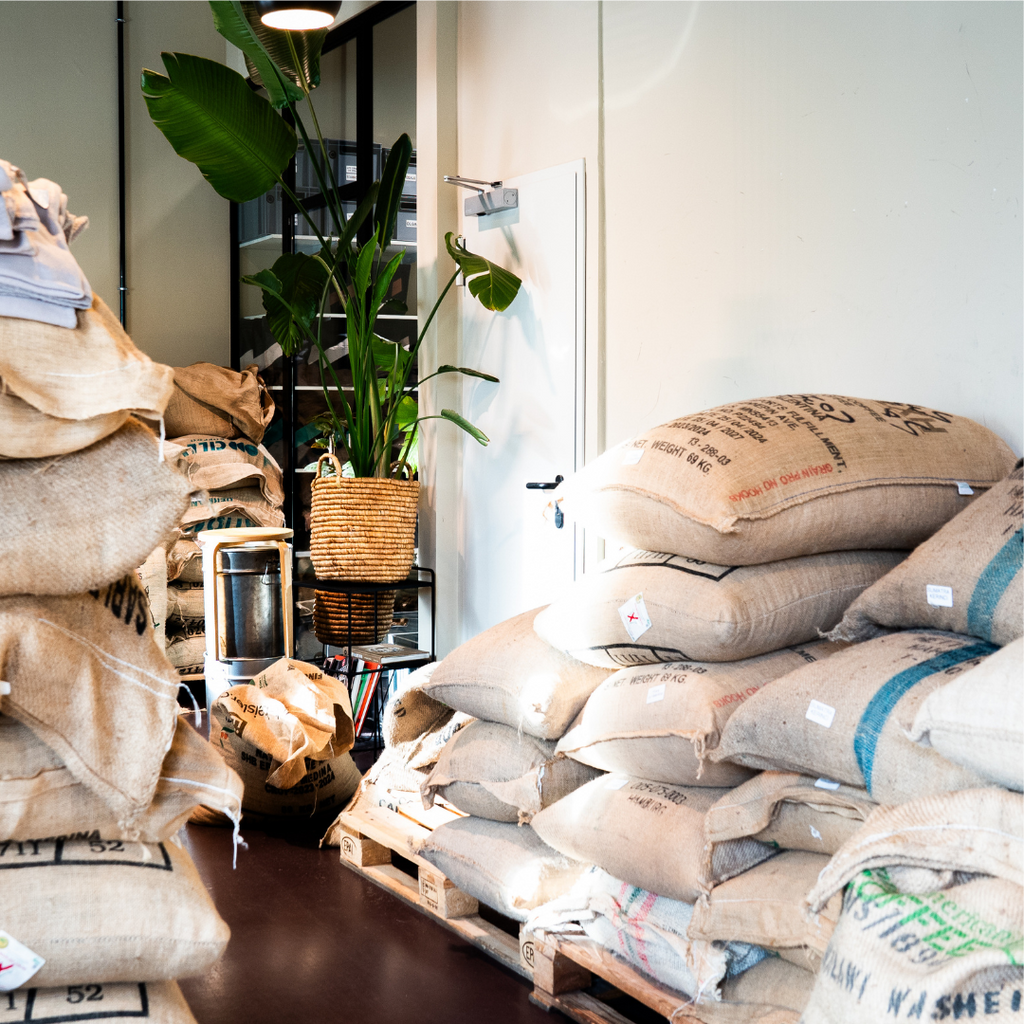110% price increase for green coffee within one year: What's behind it?

The coffee market is facing a sea change: Coffee prices will rise dramatically in 2025, and roasters are struggling with ever-increasing costs. The market is experiencing a 110% price increase for green coffee within a single year. But why is this happening, and what challenges does it pose?
Climate change as a driving factor
A key reason for the price increase is profound changes in coffee production caused by climate change. Growing regions are increasingly struggling with extreme weather events. Droughts, erratic rainfall, storms, and rising temperatures are leading to crop failures and shrinking acreage. Soil fertility is declining due to the use of fertilizers. Furthermore, the changing climate is favoring the spread of plant diseases such as coffee rust (Hemileia vastatrix) and the coffee cherry weevil, which cause significant yield losses.
Social and economic problems in coffee production
In addition to climate challenges, social and economic factors are also putting pressure on coffee farmers. Many growing regions are experiencing a growing labor shortage. The hard physical labor on the plantations, low wages, and uncertain future prospects are leading to increasing numbers of people migrating to urban areas. This rural exodus is making it difficult to continue traditional family farms, and many smaller coffee producers are having to abandon their operations. Demographic change is also exacerbating the problem: Many farmers are aging and unable to find successors.
Geopolitical and economic influences on the coffee market
In addition to direct production factors, geopolitical uncertainties also influence price developments. Trade conflicts have global repercussions on supply chains and trade relations. Tariffs and protectionist measures introduced under Donald Trump's presidency are already significantly impacting the coffee trade. The economic strength of the US dollar further complicates the situation, as coffee is traded worldwide in dollars. A strong dollar means higher import costs for countries with weaker currencies, further fueling the price spiral.
New regulatory challenges
Regulatory interventions also contribute to the rising price of coffee. The European Union has introduced new regulations intended to promote more sustainable coffee production. These include the EU Regulation on Combating Deforestation, which requires coffee farmers to prove that their coffee does not come from deforested areas. These certification requirements impose significant additional costs on producers and make access to the European market more difficult, especially for smaller businesses that cannot afford the complex documentation processes.
Logistical bottlenecks and rising transport costs
Another key factor driving price increases is logistical challenges. Global shipping is suffering from port congestion, container shortages, and rising freight costs. These problems result, among other things, from geopolitical conflicts and disruptions in important maritime trade routes. Delays in transport and distribution are leading to supply bottlenecks and driving prices further up.
Speculation and market mechanisms as price drivers
In addition to these real production and supply chain problems, speculative financial market mechanisms also play a role. Coffee is one of the most traded commodities on the stock exchanges, and institutional investors exploit price volatility for speculative transactions. This speculation often leads to artificial price increases and uncertainty for producers and consumers alike. We believe that coffee—like other food products—should not be subject to the mechanisms of stock market speculation, as this leads to artificial price increases and uncertainty.
What does this mean for us as a roastery – and for you?
The rising price of green coffee affects the entire supply chain – from producers to roasters to you as consumers.
What does this mean for you specifically? We already had to raise our coffee prices at the end of last year. If the market continues to develop in this way, we will be forced to do so again. While this won't happen immediately, we will keep a close eye on developments. Our blends and coffees from Brazil are particularly affected by potential price adjustments, as they are tied to the coffee stock market. Our microlots (single origins), on the other hand, which are sourced through direct trade, are less affected. Our goal is to continue offering you the best coffee at fair prices – and to inform you early about any changes.
Many see the price increase as a crisis – we try to view it as a long-overdue correction, because coffee has long been traded below its true value. Higher prices enable fair wages, sustainable production, and improved quality in the producing countries. We continue to focus on transparent, long-term partnerships – both with our partners in the producing countries and with you. Coffee remains a product that connects people – and we will do everything we can to continue sipping the best specialty coffee with you!
